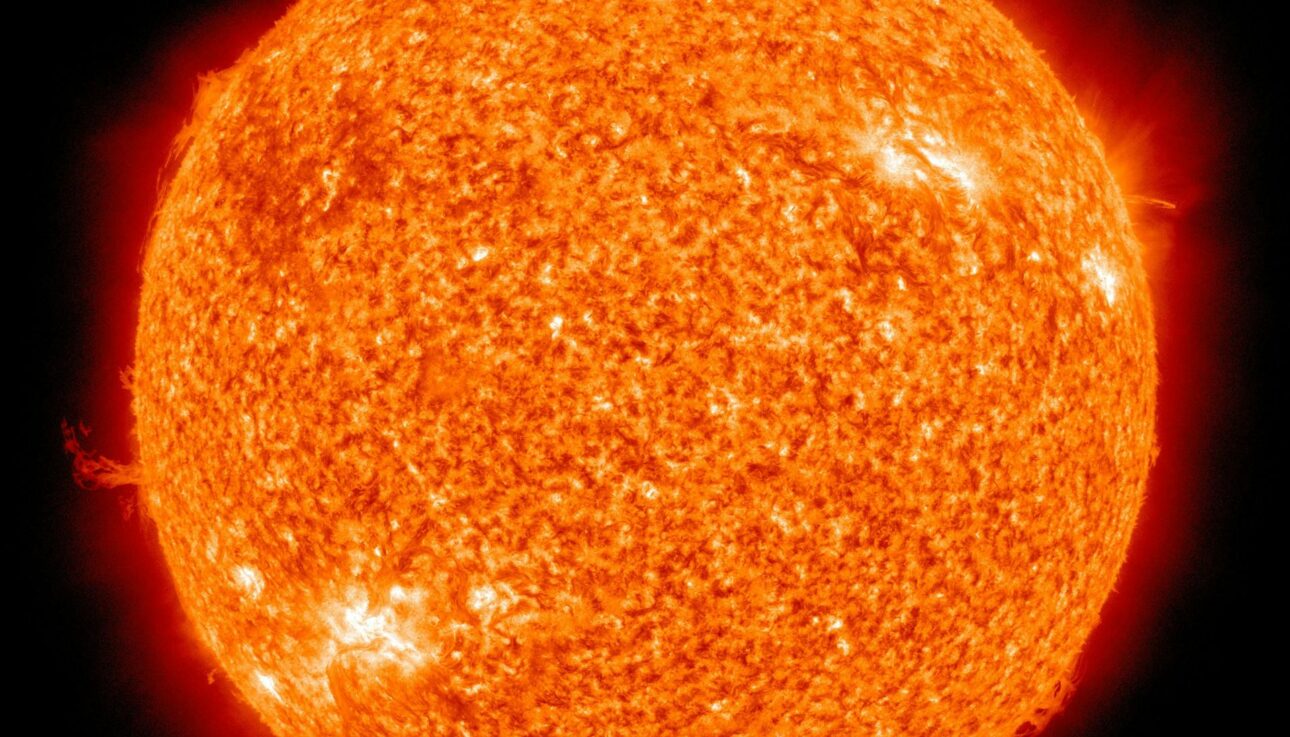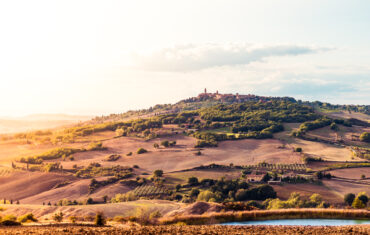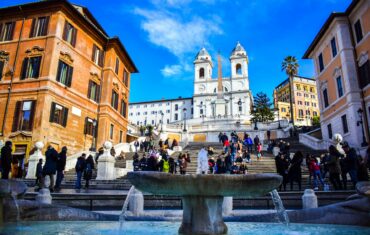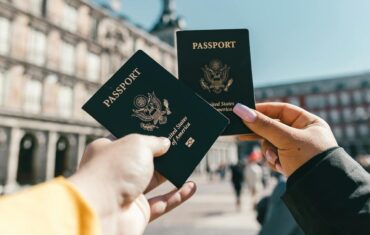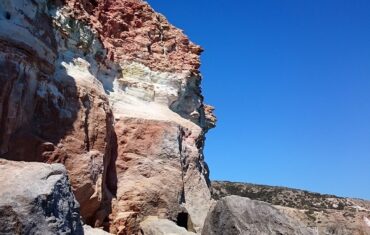Summer in Italy and Greece is a popular time for tourists, but it comes with specific characteristics regarding weather, crowds, and travel experiences. Here’s what you can expect:
Weather and Average Temperatures
Italy
- Northern Italy (Milan, Venice, Lake Como):
- Average Temperature: 70-85°F (21-29°C).
- Weather: Warm to hot, with occasional thunderstorms in the late afternoon. It’s generally cooler around the lakes and in the mountains.
- Central Italy (Rome, Florence, Tuscany):
- Average Temperature: 75-90°F (24-32°C).
- Weather: Hot and dry, especially in cities like Rome and Florence. The coastal areas like Tuscany can be cooler due to the sea breeze.
- Southern Italy (Naples, Amalfi Coast, Sicily):
- Average Temperature: 80-95°F (27-35°C).
- Weather: Very hot and sunny, with almost no rain. Coastal areas offer relief, but inland cities can be sweltering.
Greece
- Mainland Greece (Athens, Thessaloniki):
- Average Temperature: 80-95°F (27-35°C).
- Weather: Extremely hot, especially in Athens where temperatures can soar above 100°F (38°C) during heatwaves. Thessaloniki is slightly cooler but still hot.
- Greek Islands (Santorini, Mykonos, Crete):
- Average Temperature: 75-90°F (24-32°C).
- Weather: Hot and dry, with strong sun and little to no rain. Coastal breezes make the heat more bearable, especially on islands like Santorini and Mykonos.
Tourist Crowds
- Italy:
- Peak Tourist Season: June through August.
- Crowds: Extremely high, especially in major cities like Rome, Venice, Florence, and along the Amalfi Coast. Popular tourist attractions like the Colosseum, the Vatican, and the Uffizi Gallery can have long lines and require advance booking.
- Impact: Prices for accommodations, flights, and tours are at their highest. Beaches and coastal areas are packed, especially in July and August.
- Greece:
- Peak Tourist Season: July and August.
- Crowds: High on popular islands like Santorini, Mykonos, and Crete. Athens also sees a significant number of tourists, particularly around the Acropolis and other historical sites. Smaller, lesser-known islands may be less crowded but still busy.
- Impact: Accommodation and flight prices peak during these months, and popular spots can feel overcrowded. Ferries between islands can be fully booked, so advance planning is essential.
Daylight Hours
- Both Italy and Greece enjoy long daylight hours during the summer, with the sun setting around 8:30 PM to 9:00 PM in June and July, giving you plenty of time for sightseeing and outdoor activities.
Travel Tips for Summer
- Hydration and Sun Protection: Carry water, wear sunscreen, and have a hat or umbrella for shade.
- Advance Booking: Book accommodations, tours, and transportation well in advance to secure availability and better prices.
- Early or Late Sightseeing: Visit popular attractions early in the morning or late in the afternoon to avoid peak heat and crowds.
- Local Festivals: Summer is a time for festivals in both countries. Italy celebrates events like the Palio in Siena, while Greece has numerous cultural and religious festivals, especially on the islands.
Cultural Observations
- Italy: August is the traditional vacation month for Italians, so many businesses, especially in smaller towns, may close for “Ferragosto” (August 15th) and surrounding weeks. However, tourist areas remain open.
- Greece: August 15th is a major religious holiday, “The Assumption of the Virgin,” with many celebrations, especially on islands like Tinos.
In summary, summer in Italy and Greece offers warm to hot weather, long days, and a vibrant atmosphere. However, it also brings large crowds and higher prices, so planning ahead and managing expectations are key to a successful trip.

